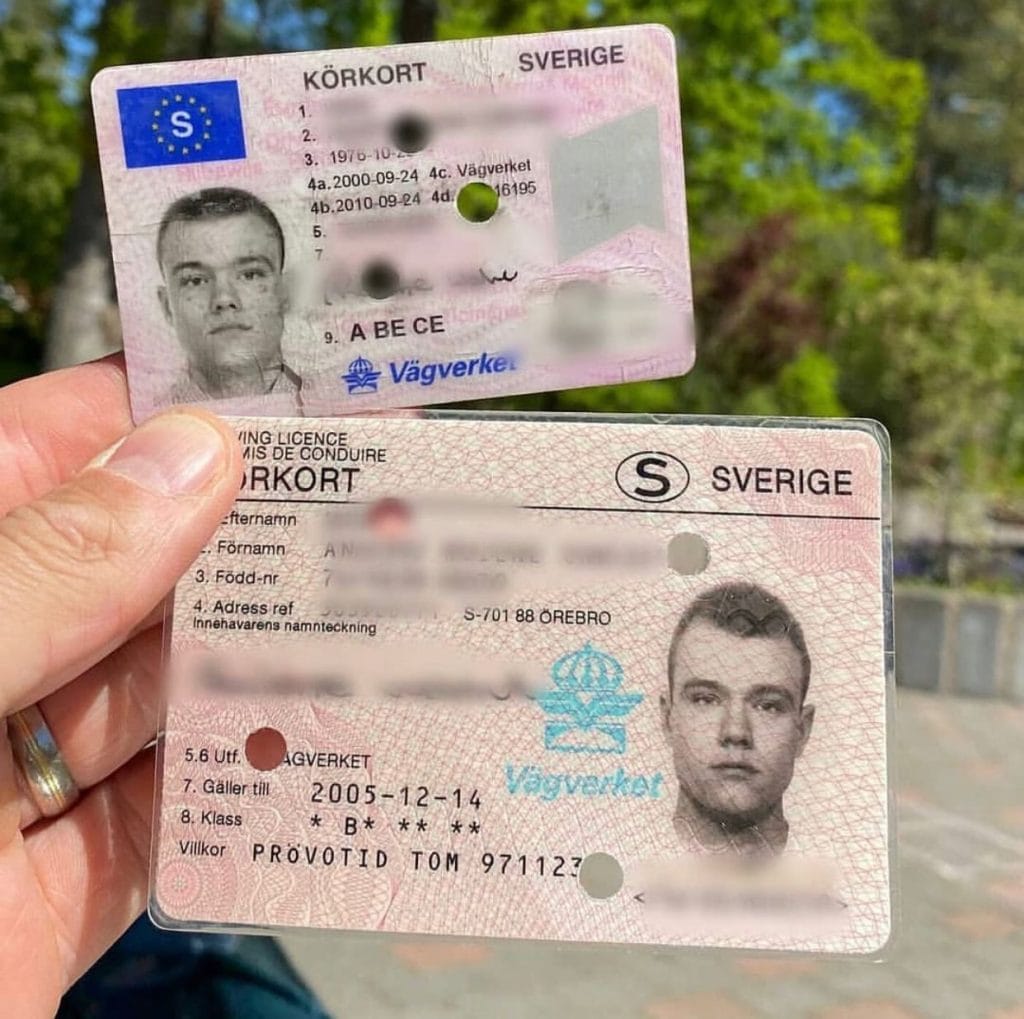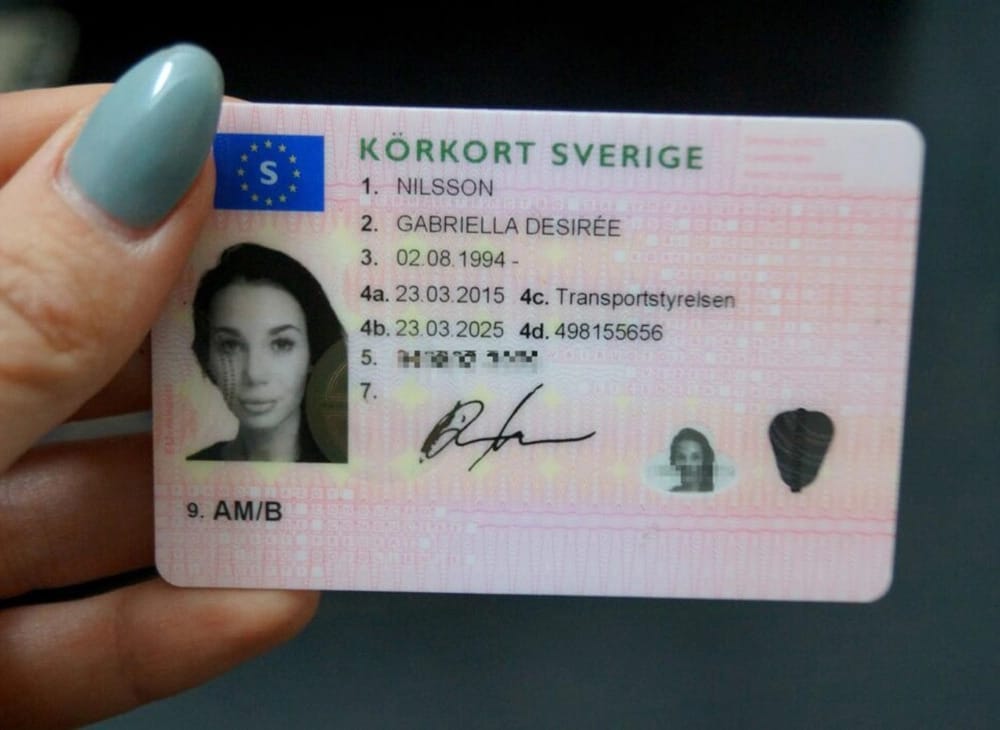7 Secrets About Buy Driver's License Certificate That Nobody Will Tell…
페이지 정보

본문
Navigating the World Without a Driver's License: Exploring Alternatives and Implications
In today's world, where mobility is a foundation of daily life, the idea of living without a driver's license may appear complicated. Nevertheless, for some people, the choice to give up a driver's license is a conscious option driven by different aspects, including environmental concerns, cost, and personal preference. This post explores the alternatives to driving and the ramifications of living without a driver's license, providing a comprehensive guide for those considering this way of life.
Comprehending the Decision
Picking not to have a driver's license is a personal choice that can stem from several factors. For some, it's a dedication to reducing their carbon footprint and promoting sustainable living. Others find the cost of owning and preserving an automobile prohibitive, while some just choose the convenience and flexibility of other modes of transport. No matter the motivation, living without a driver's license needs mindful preparation and a desire to adapt.
Alternatives to Driving
Mass transit
- Buses and Trains: Public transportation systems, such as buses and trains, are frequently the most reliable and economical alternatives. They are accessible in the majority of city locations and provide a structured way to navigate cities and rural regions.
- Subway and Light Rail: In bigger cities, subways and light rail systems use fast and efficient travel, frequently bypassing rush hour and decreasing travel time.
Ride-Sharing Services
- Uber and Lyft: These popular ride-sharing apps offer on-demand transportation, making it easy to navigate without a car. They are especially helpful for late-night travel and in locations with restricted public transport.
- Carpooling: Joining or forming carpool groups can reduce costs and environmental effect. Numerous community platforms and apps facilitate carpooling for routine commutes.
Bicycles and E-Scooters
- Bikes: Cycling is a healthy and environment-friendly method to travel, especially for much shorter distances. Many cities have dedicated bike lanes and bike-sharing programs to encourage this mode of transport.
- Electric Scooters: E-scooters are a fashionable and hassle-free choice for quick, brief journeys. They are frequently offered through rental services in metropolitan areas and can be an enjoyable alternative to conventional modes of transportation.
Strolling and Jogging
- Walking: For those living in walkable communities, walking is a simple and effective method to stay active and navigate. It's totally free, requires no unique devices, and benefits the environment.
- Jogging: Similar to strolling, running can be a healthy and low-priced way to travel, specifically for short distances.
Electric and KöPa A1 KöRkort Online Hybrid Vehicles
- Electric Scooters and Bikes: For those who still want the convenience of a personal automobile but are worried about the environment, electrical scooters and bikes are a viable option. They are low-maintenance and produce fewer emissions.
- Hybrid Cars: If the choice to avoid a driver's license is mostly due to environmental issues, but the requirement for a car is inevitable, hybrid cars offer a happy medium. They integrate standard gas engines with electrical motors to decrease fuel intake and emissions.
Telecommuting and Remote Work
- Work from Home: Many business now use remote work options, allowing workers to work from home or other places. This can substantially lower the requirement for everyday travelling and the associated costs.
- Virtual Meetings: Technology has made it possible to perform organization meetings and other interactions essentially, additional minimizing the need for travel.
Ramifications of Living Without a Driver's License
Financial Savings

- Reduced Vehicle Costs: Not having a car indicates preventing costs such as car payments, insurance coverage, upkeep, and fuel.
- Public Transportation Costs: While public transportation does have expenses, they are usually lower than those connected with owning a car.
Ecological Impact
- Lower Carbon Emissions: By avoiding making use of individual automobiles, individuals can substantially reduce their carbon footprint, contributing to a more sustainable environment.
- Decreased Traffic Congestion: Fewer automobiles on the road can lead to minimized traffic jam, KöPa KöRkort making travel more efficient for everyone.
Health Benefits
- Increased Physical Activity: Using alternatives like walking, jogging, and biking can improve physical health and mental well-being.
- Decreased Stress: Avoiding the daily hassles of driving, such as traffic and parking, köpa svenskt körkort can result in a more relaxed and hassle-free lifestyle.
Social and Community Engagement
- Community Connections: Relying on mass transit or ride-sharing services can foster a sense of community and social interaction.
- Assistance for Local Businesses: Walking or cycling to regional organizations can assist support the local economy and reduce dependence on large, ecologically unfriendly corporations.
Legal and Practical Considerations
- Recognition Issues: In many nations, a driver's license serves as a main kind of recognition. Individuals without a license may need to carry alternative kinds of ID, such as a passport or state-issued ID card.
- Travel Restrictions: Without a driver's license, travel to remote locations or places with minimal public transportation can be tough. Planning ahead and using alternative transport methods is crucial.
Frequently asked questions
Q: KöPa VåRt C-KöRkort GöTeborg How can I navigate if I live in a rural area without a driver's license?
- A: In backwoods, alternatives like ride-sharing services, carpooling, and public transport might be restricted. Think about joining neighborhood groups or online platforms to find local carpooling options. Electric scooters and bikes can also be helpful for shorter ranges. Additionally, lots of backwoods have community transport services that can be accessed for necessary trips.
Q: Can I still travel worldwide without a driver's license?
- A: Absolutely. A driver's license is not required for a lot of international travel. However, you might need a passport or other kinds of recognition. For countries where driving is essential, you can rent a car with a legitimate driver's license or usage regional transportation services.
Q: What are the finest apps for finding ride-sharing and carpooling options?
- A: Popular apps for ride-sharing include Uber, Lyft, and Bolt. For carpooling, Waze Carpool, Ridester, and Scoop are extremely advised. These apps frequently offer real-time details on offered rides and assist link you with drivers heading in the same direction.
Q: How do I handle without a driver's license if it is required for lots of forms of identification?
- A: In numerous locations, a state-issued ID card or a passport can serve as a primary form of identification. It's likewise an excellent concept to carry multiple forms of ID, such as a charge card or a citizen registration card, to guarantee you are prepared for various circumstances.
Q: Are there any health threats connected with using public transport?

- A: While public transportation can expose individuals to a higher danger of transmittable diseases, specifically in crowded conditions, the benefits frequently exceed the dangers. Practicing good health, such as cleaning hands routinely and wearing a mask, can assist alleviate these threats. Furthermore, numerous public transportation systems have actually carried out precaution to secure passengers.
Q: What are the environmental benefits of not driving a car?
- A: Not driving a car can substantially minimize your carbon footprint. Cars and trucks are a significant source of greenhouse gas emissions, and by going with public transport, biking, or walking, you can add to a healthier environment. This likewise helps decrease air contamination and traffic jam, improving overall quality of life.
Living without a driver's license is a possible and typically advantageous option for many people. By exploring and utilizing alternative modes of transport, one can conserve cash, lower their ecological impact, and enhance their health and well-being. While there are challenges, such as navigating identification and travel problems, the benefits typically make the effort rewarding. Whether driven by individual worths or practical considerations, the decision to forgo a driver's license can cause a more sustainable and fulfilling way of life.
Additional Resources
- Public Transportation Apps: Transit, Moovit, Citymapper
- Biking and Walking Apps: Strava, MapMyRide, Google Maps
- Neighborhood Carpooling Platforms: Waze Carpool, Ridester, Scoop
- Remote Work and Telecommuting Tools: Zoom, Microsoft Teams, Slack
By accepting these options, people can develop a lifestyle that aligns with their values and requirements, contributing to a more sustainable and Köpa A2 Körkort connected world.
- 이전글대포통장 대여 대포통장 임대 대포통장 판매 대포통장 구매 대포통장 구입sd2q 텔래 : HMC8899통장판매 25.04.05
- 다음글Why Adult Toys Women Should Be Your Next Big Obsession 25.04.05
댓글목록
등록된 댓글이 없습니다.

